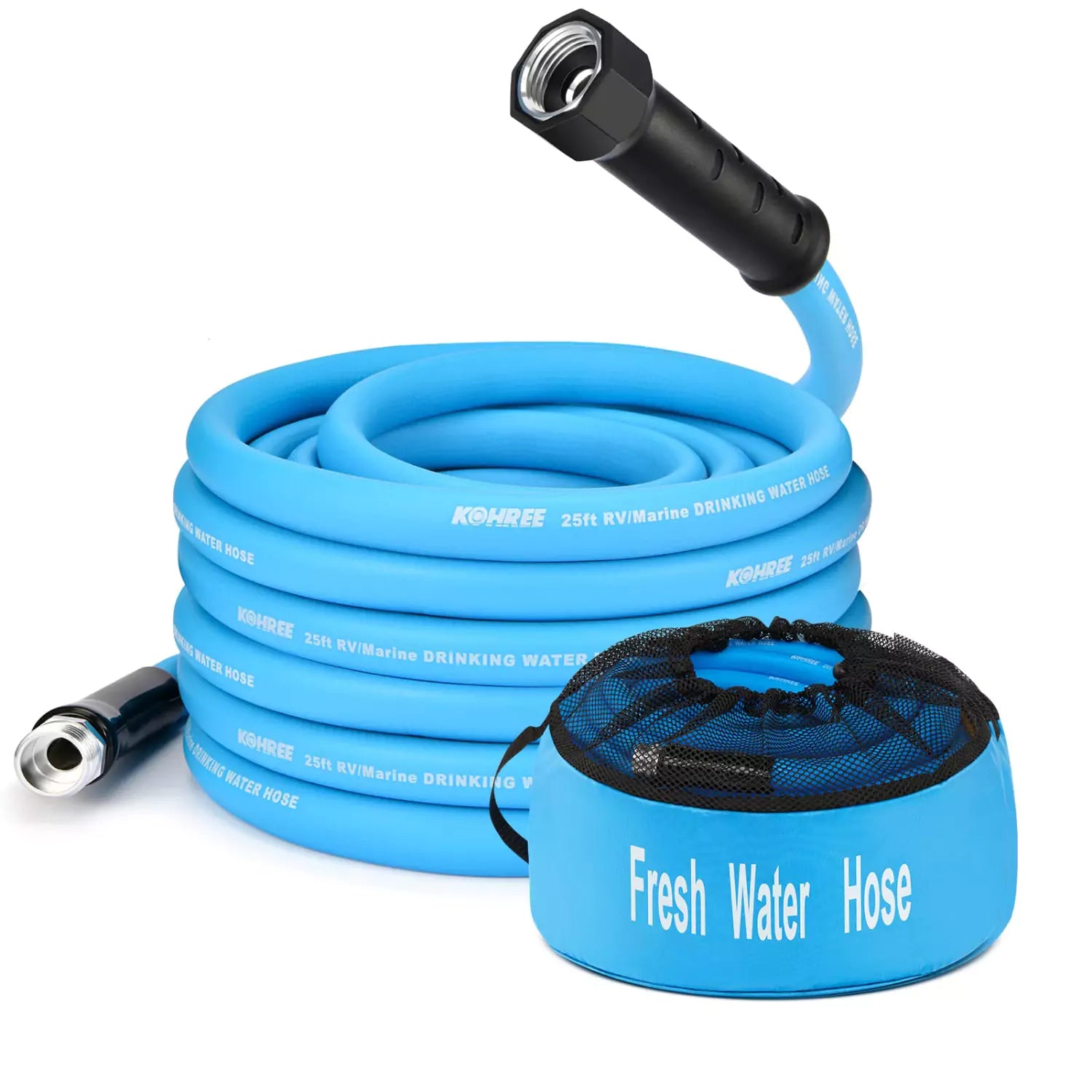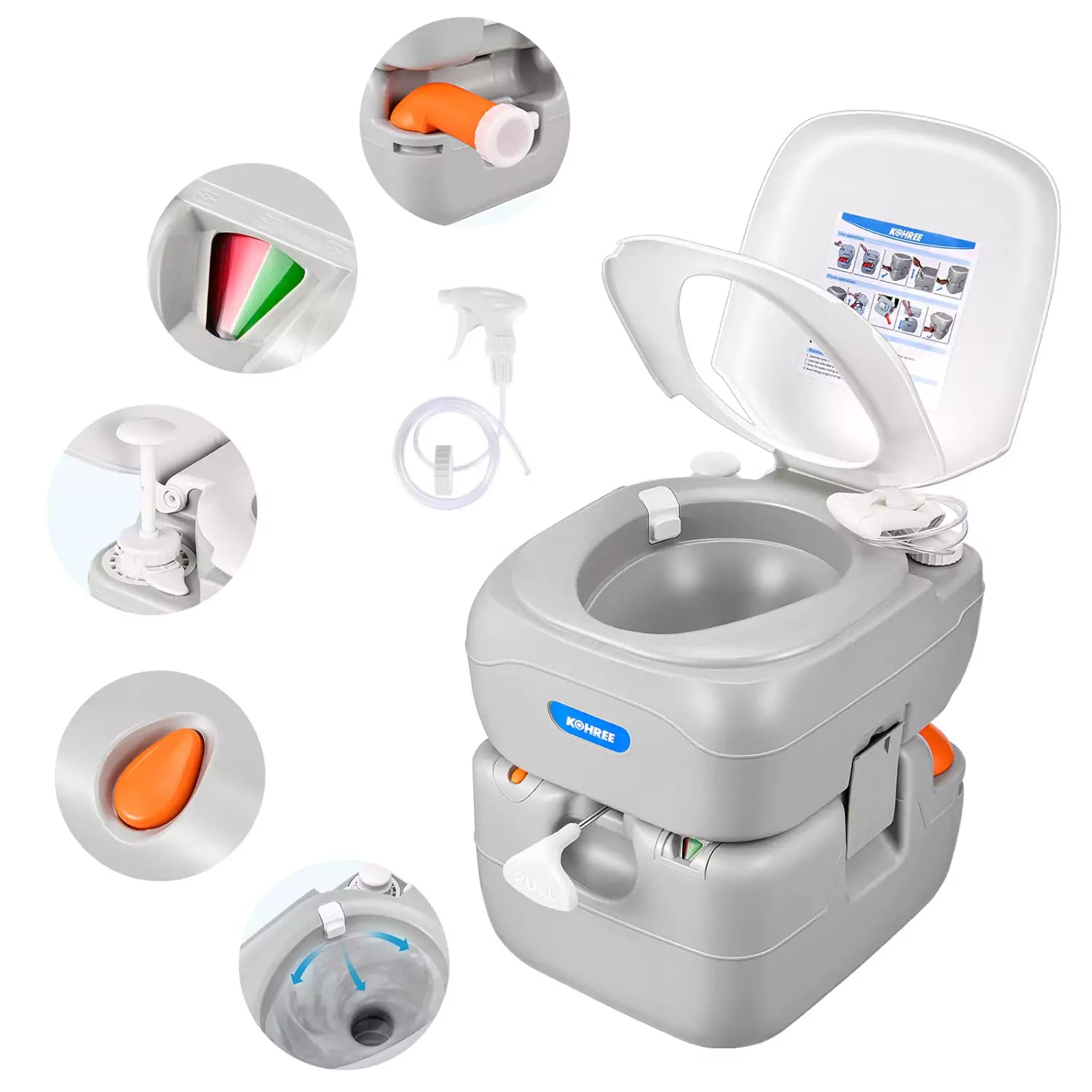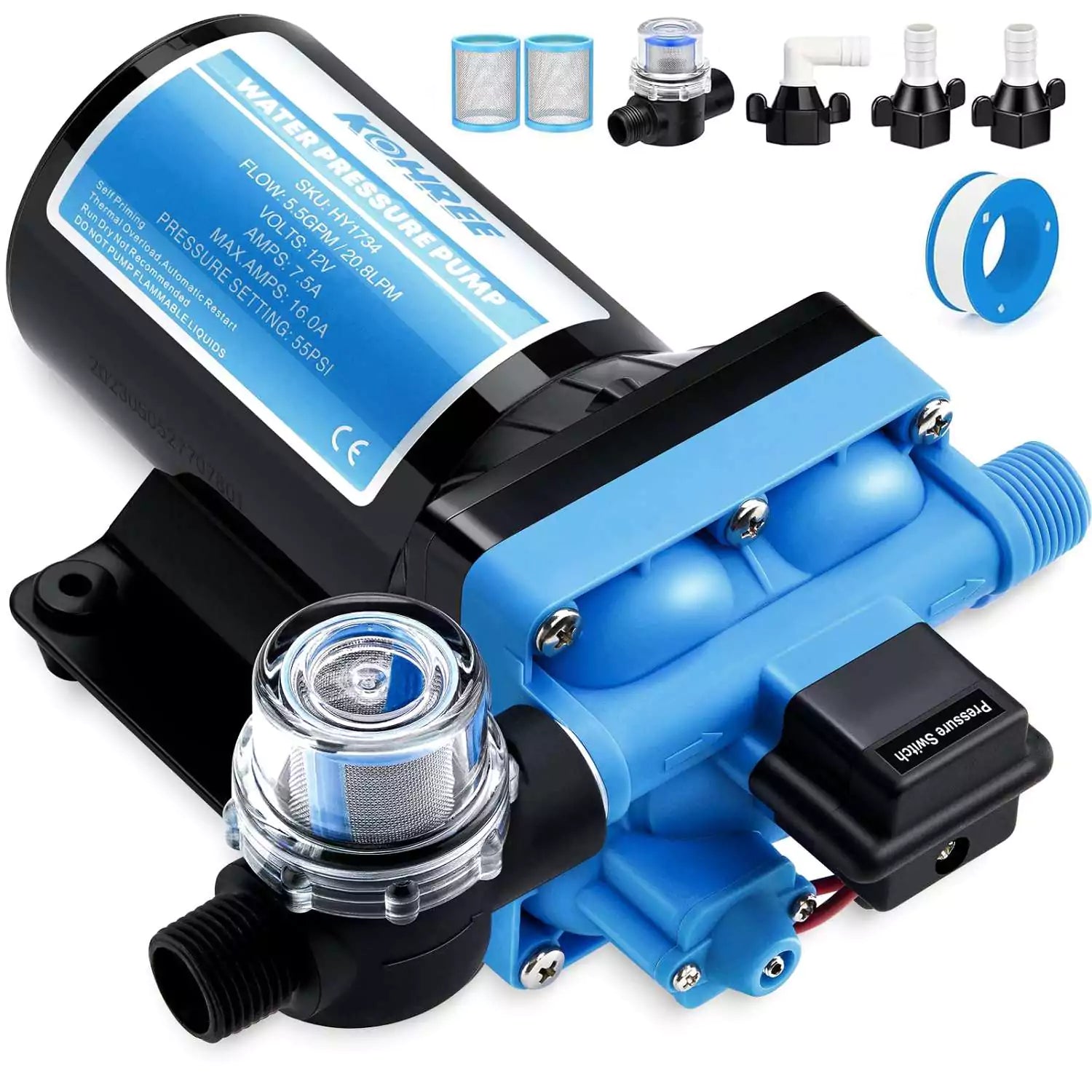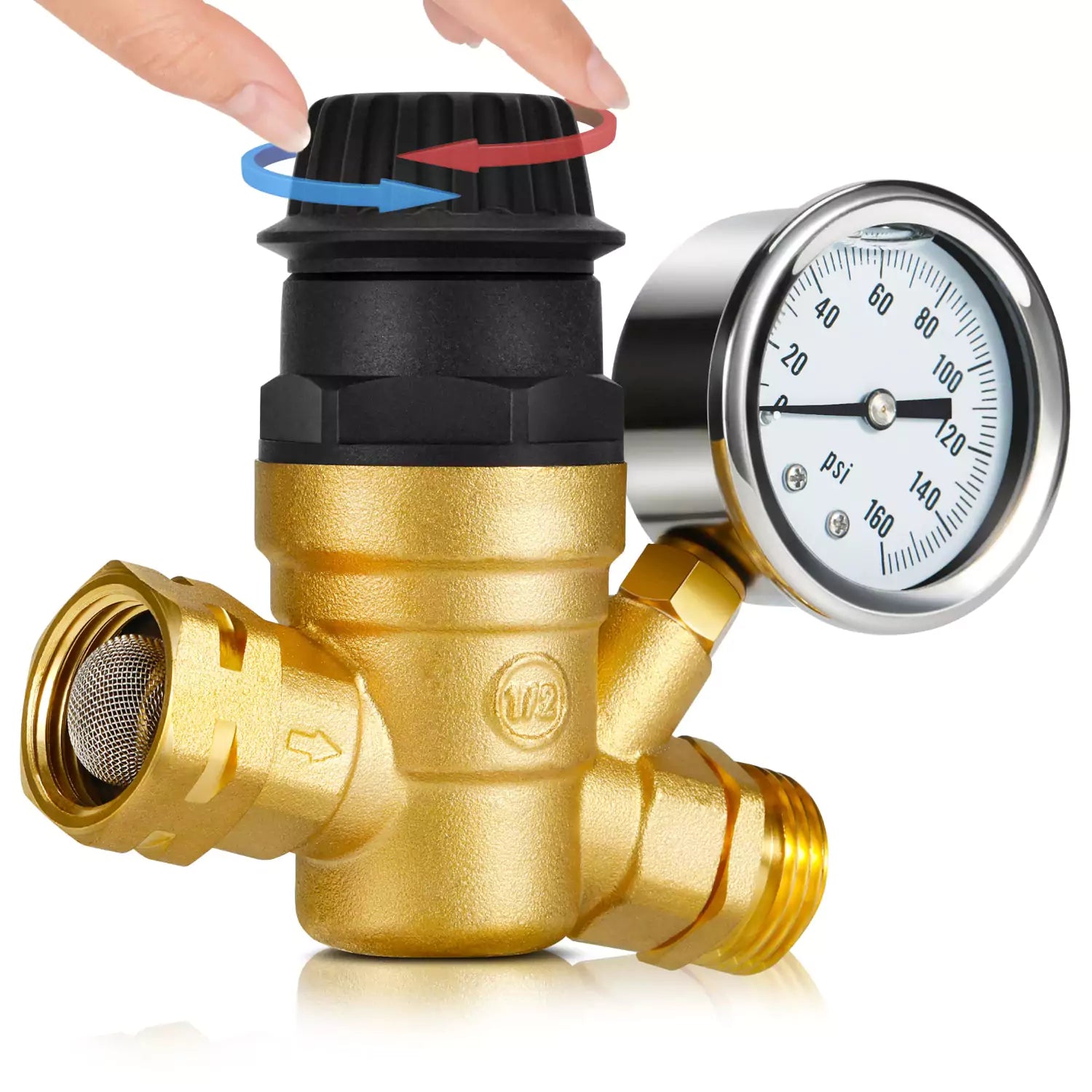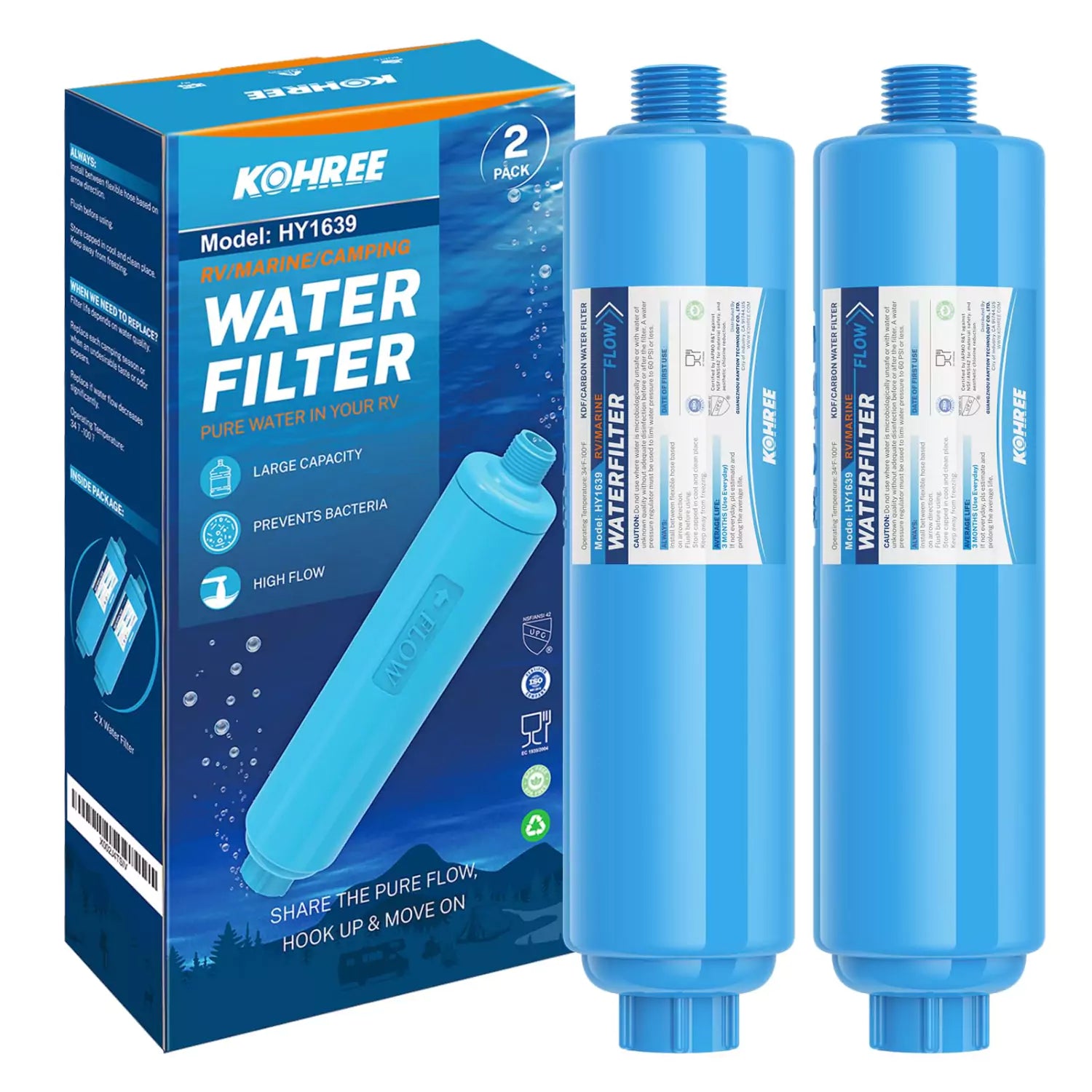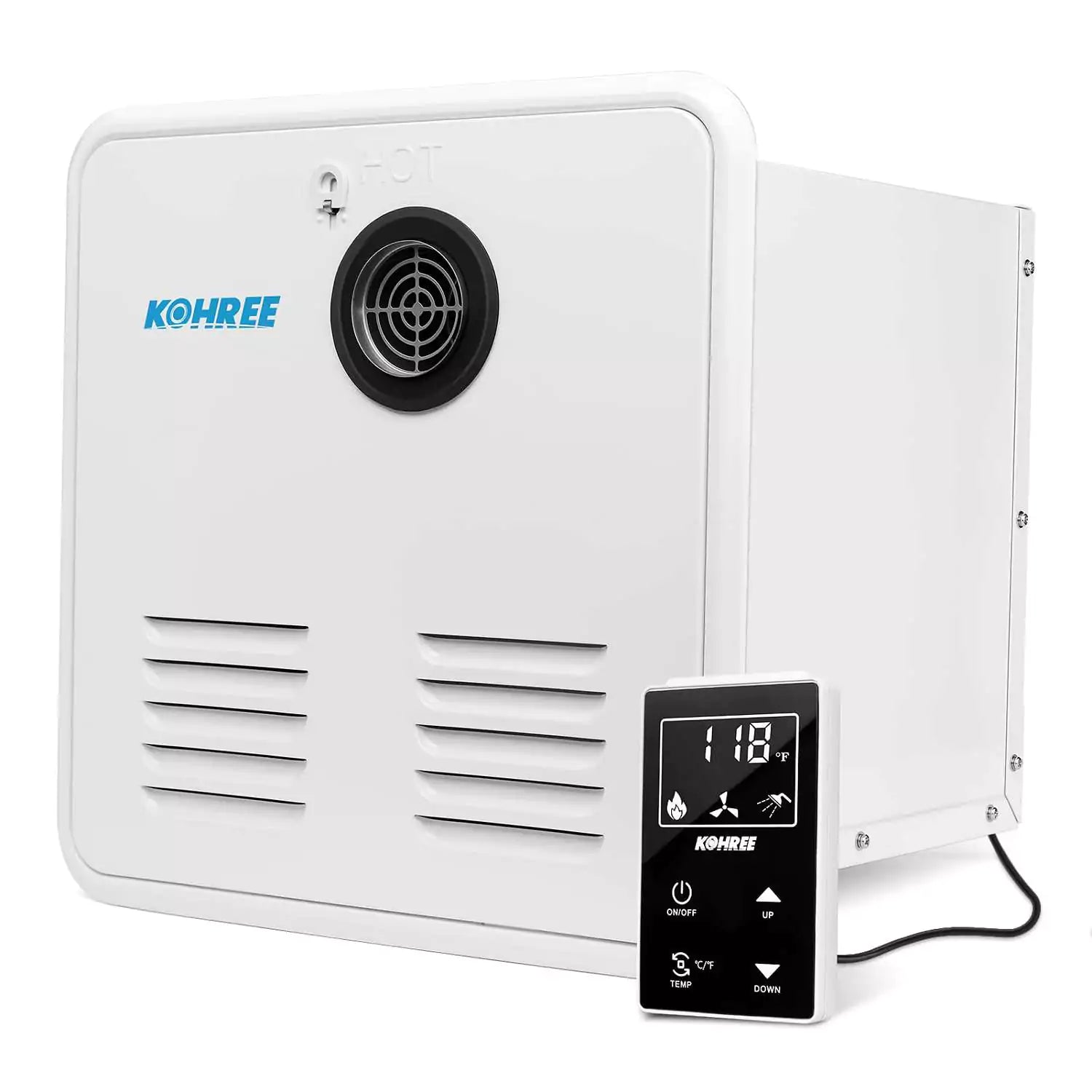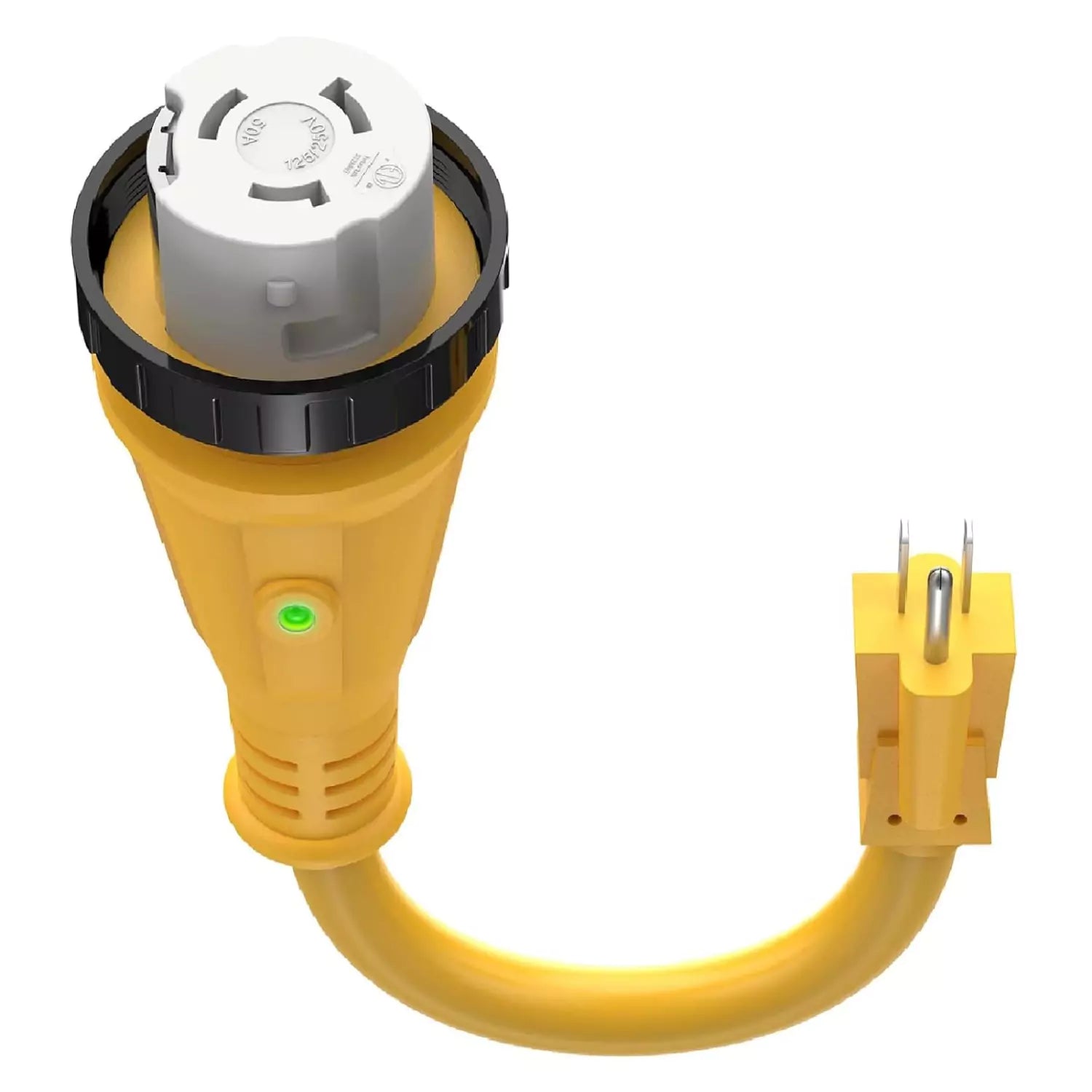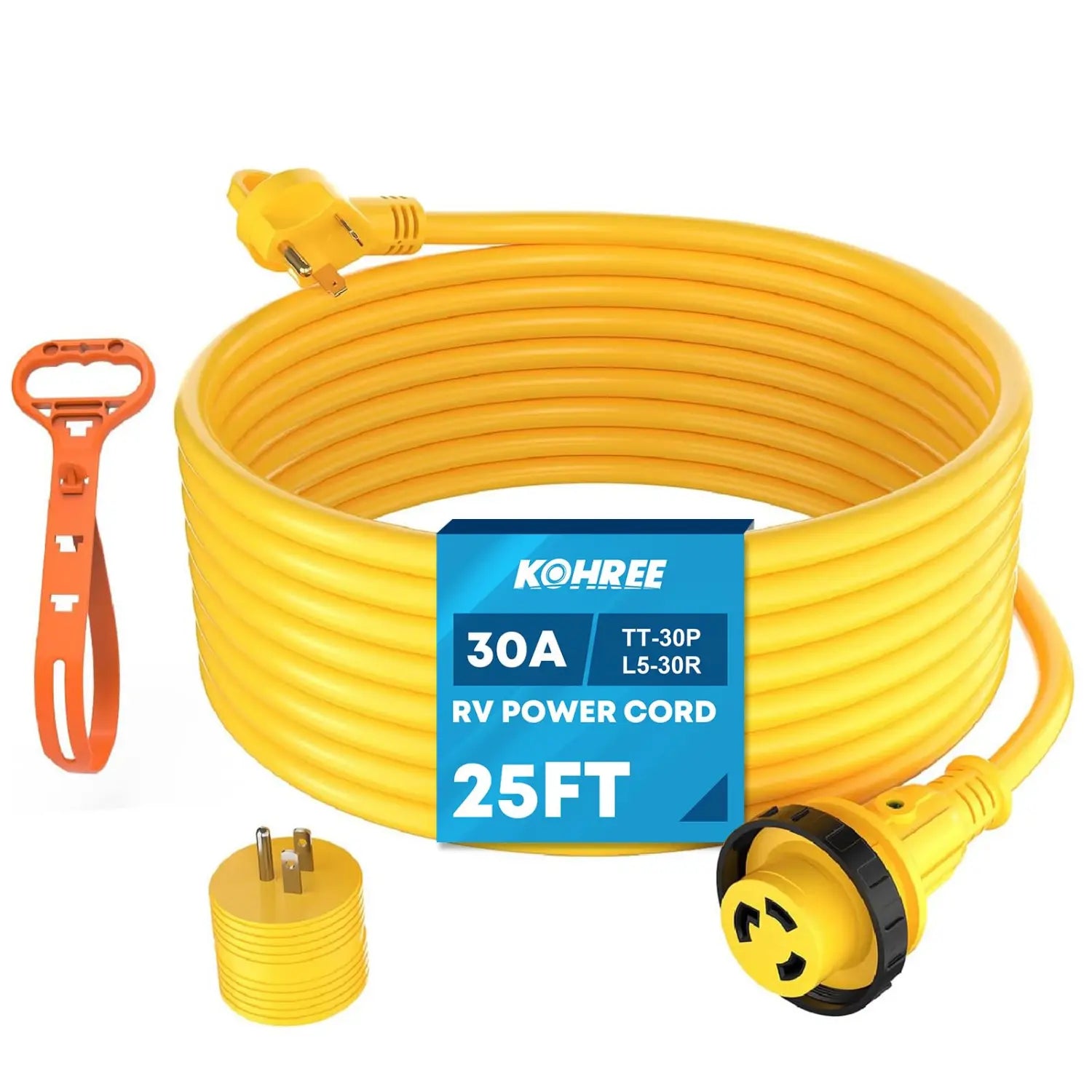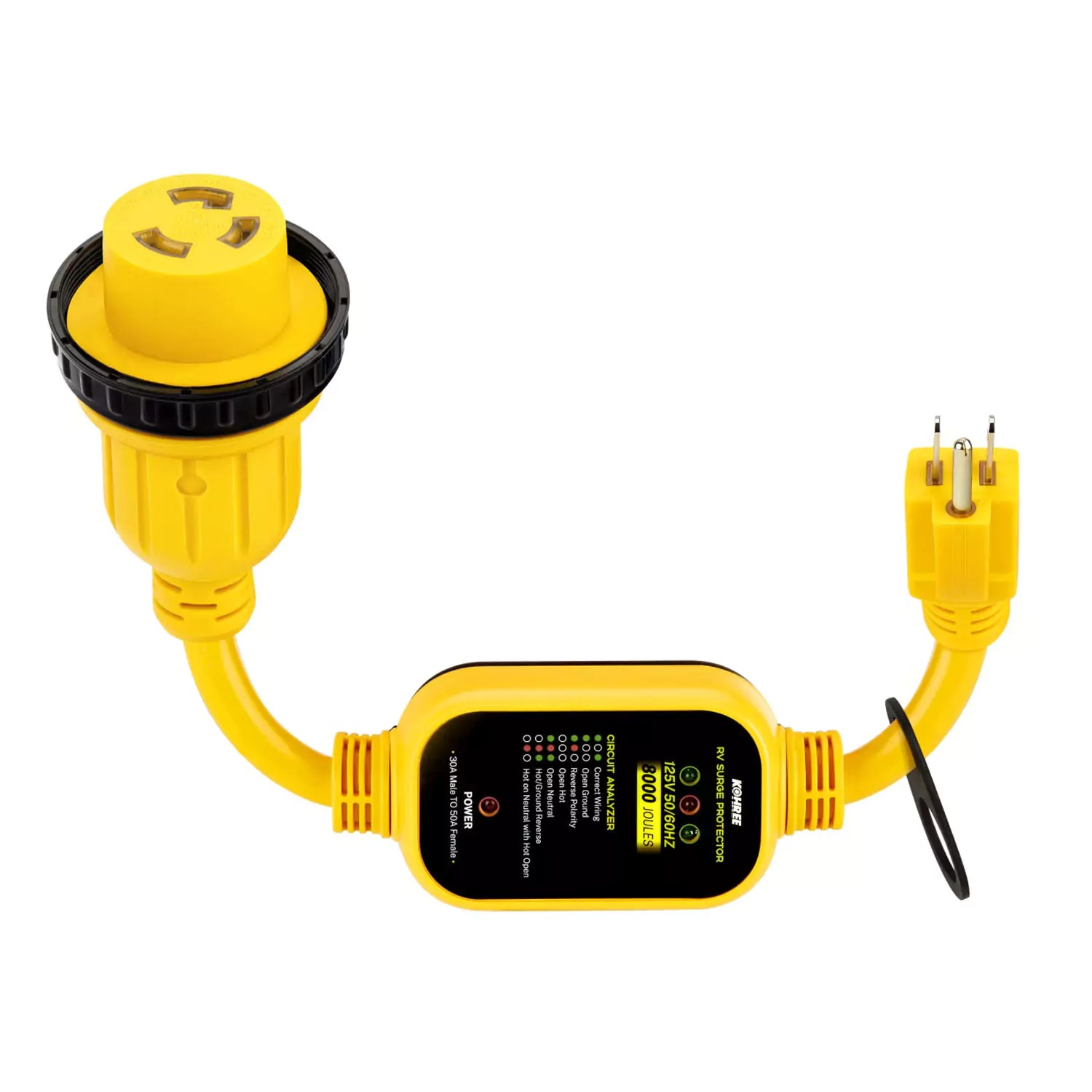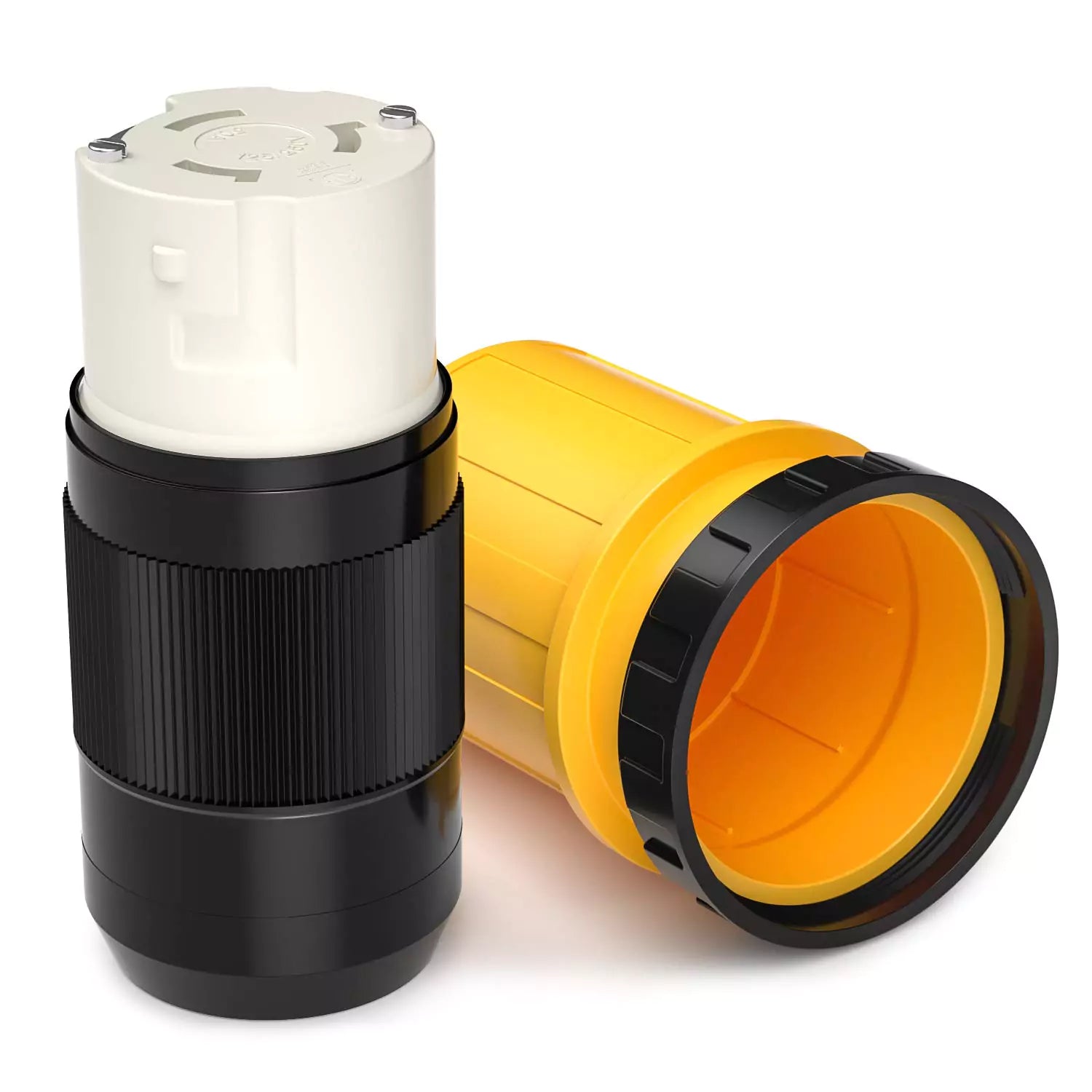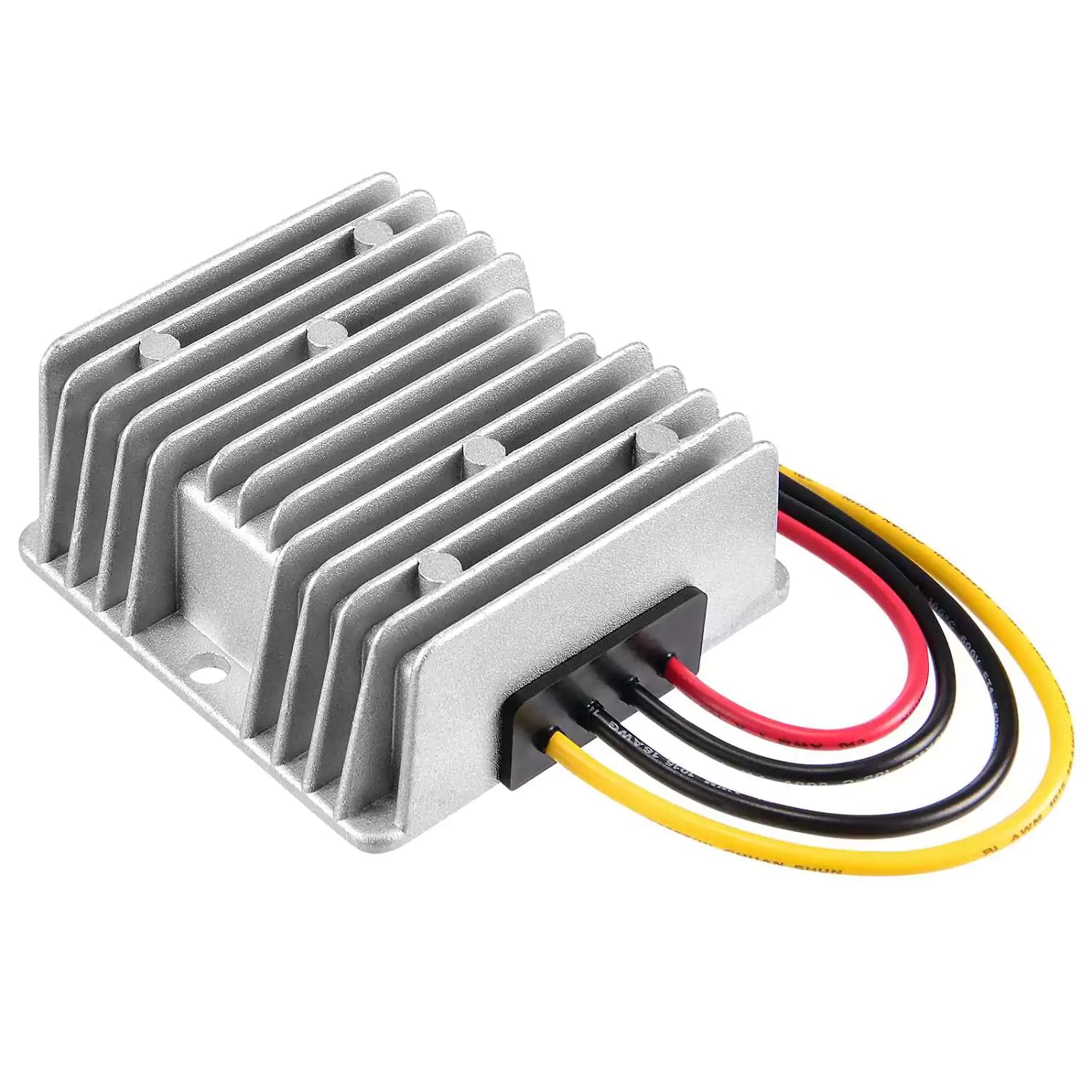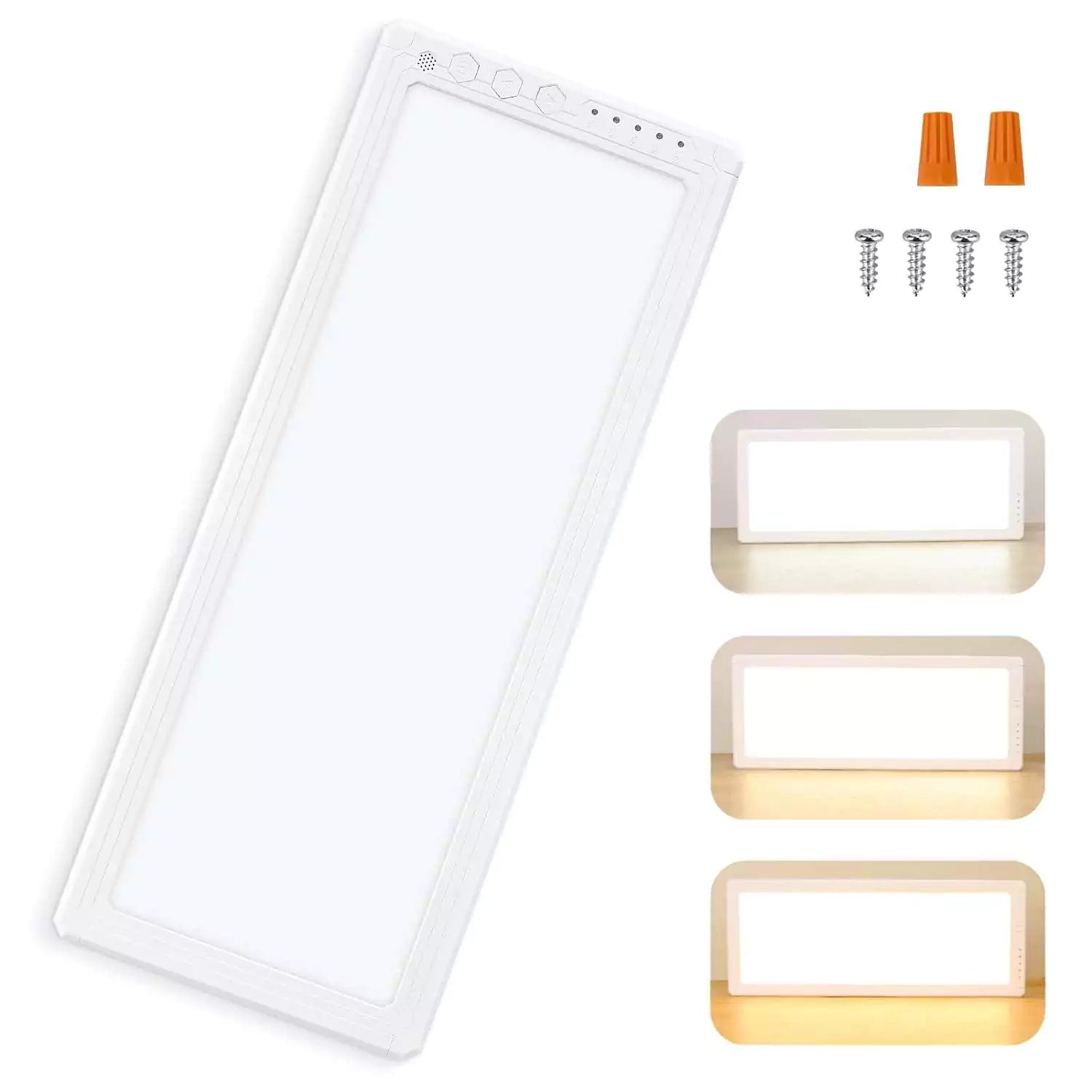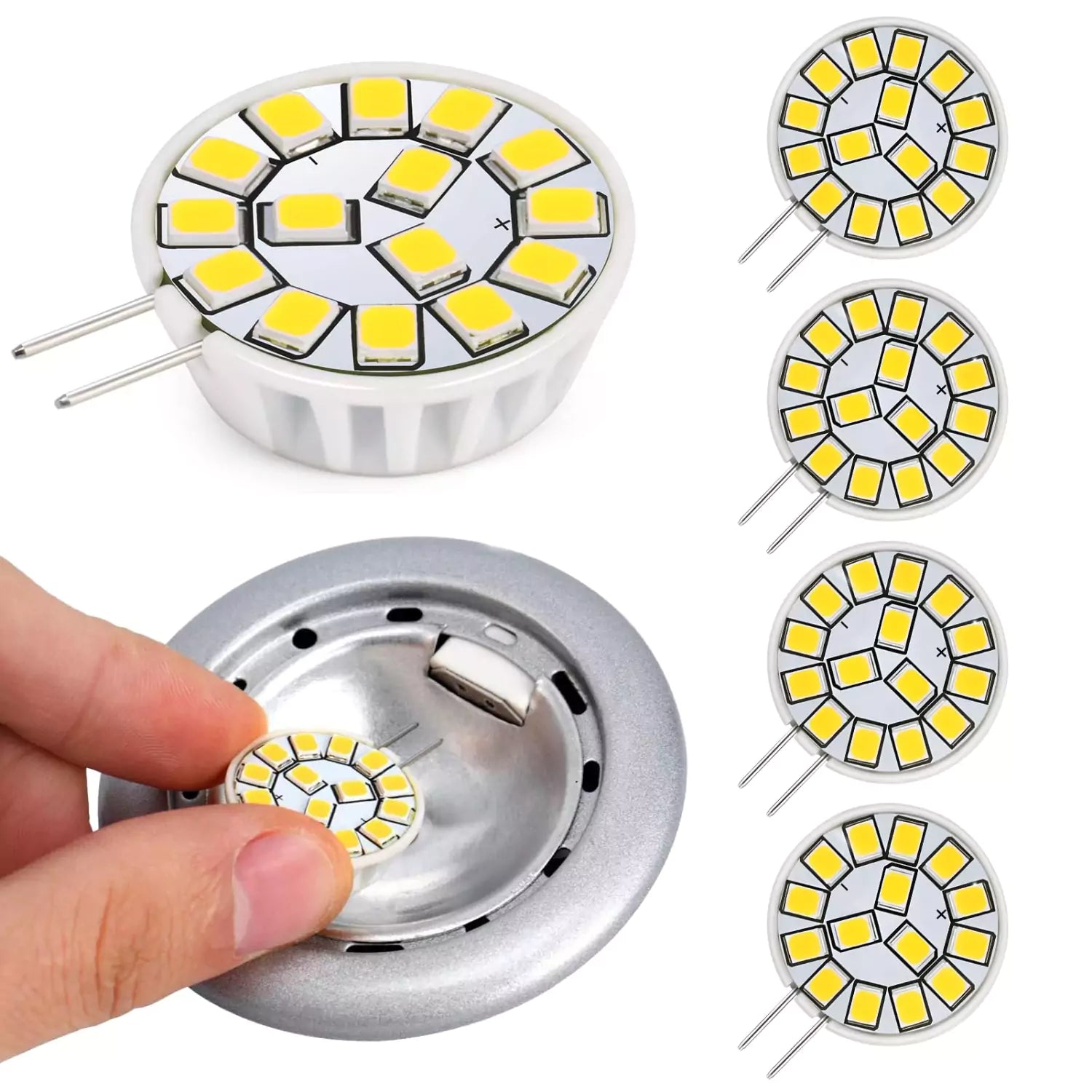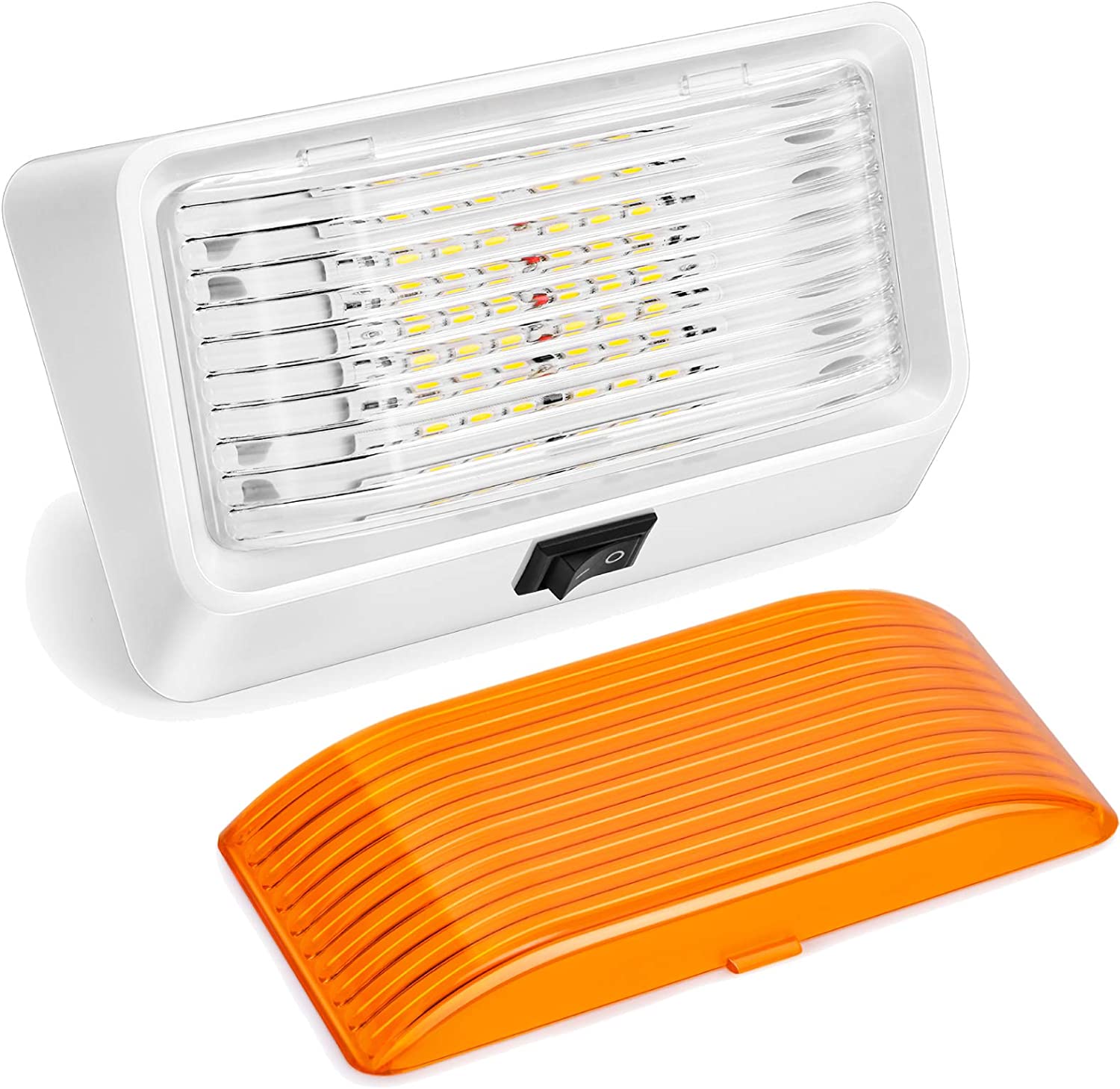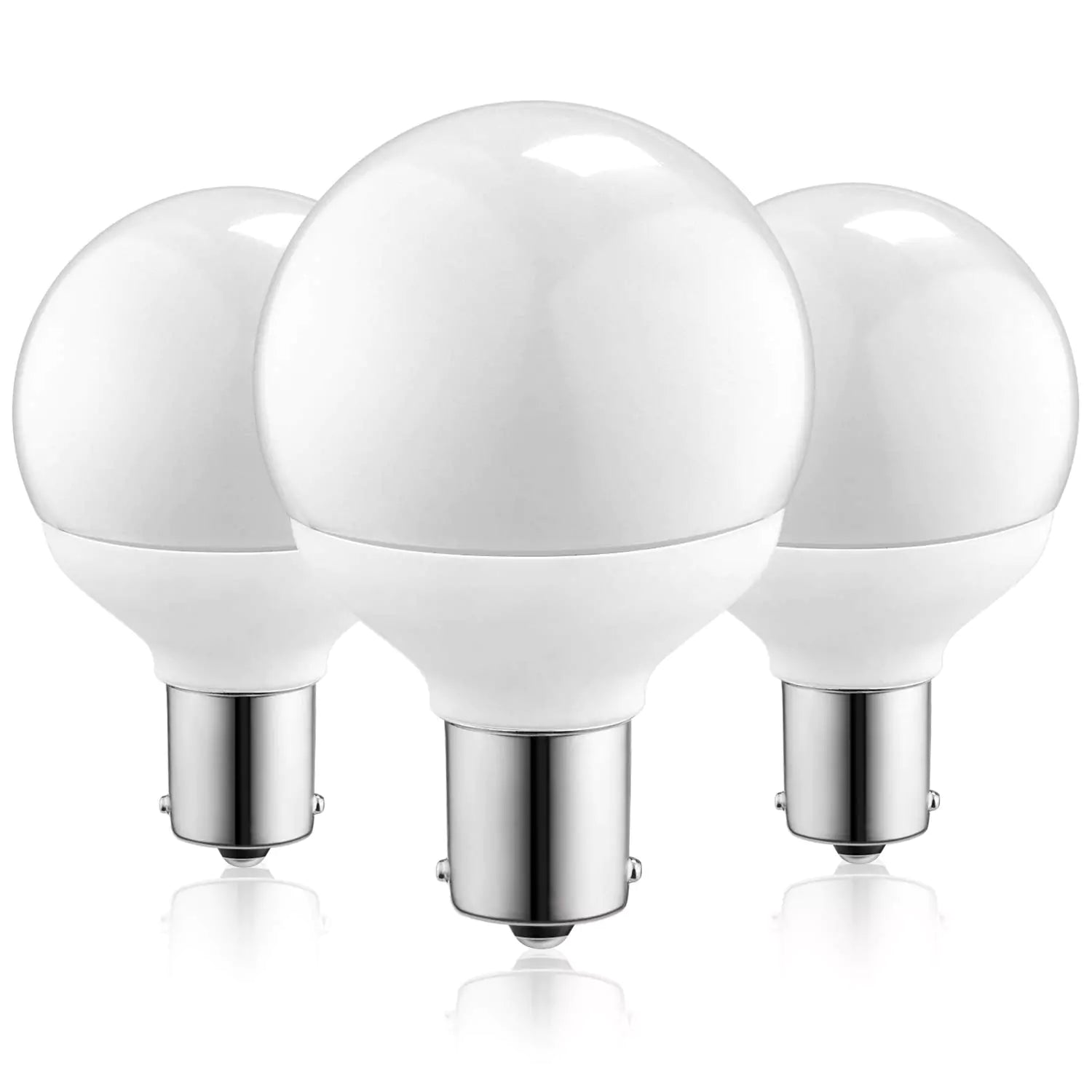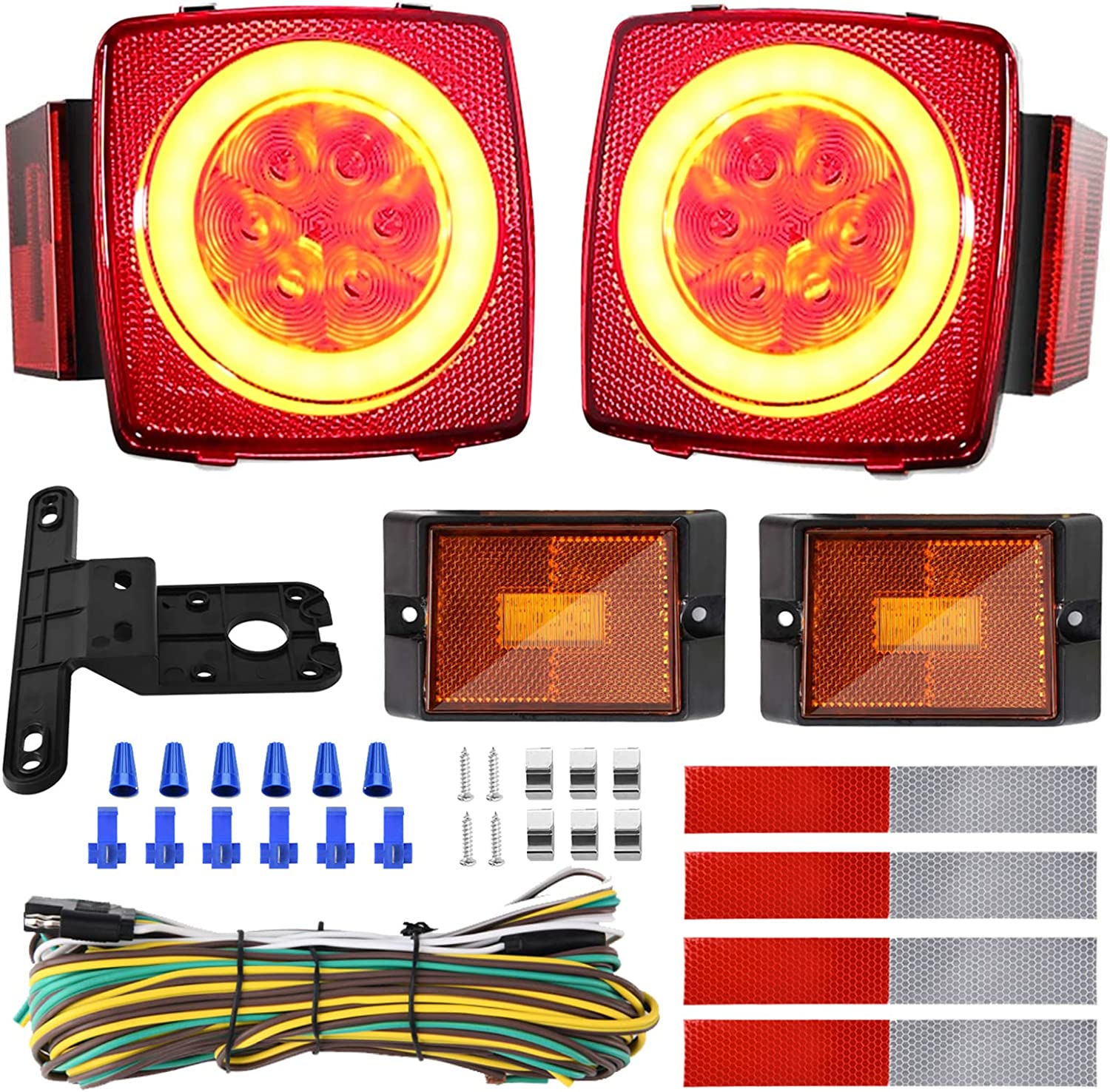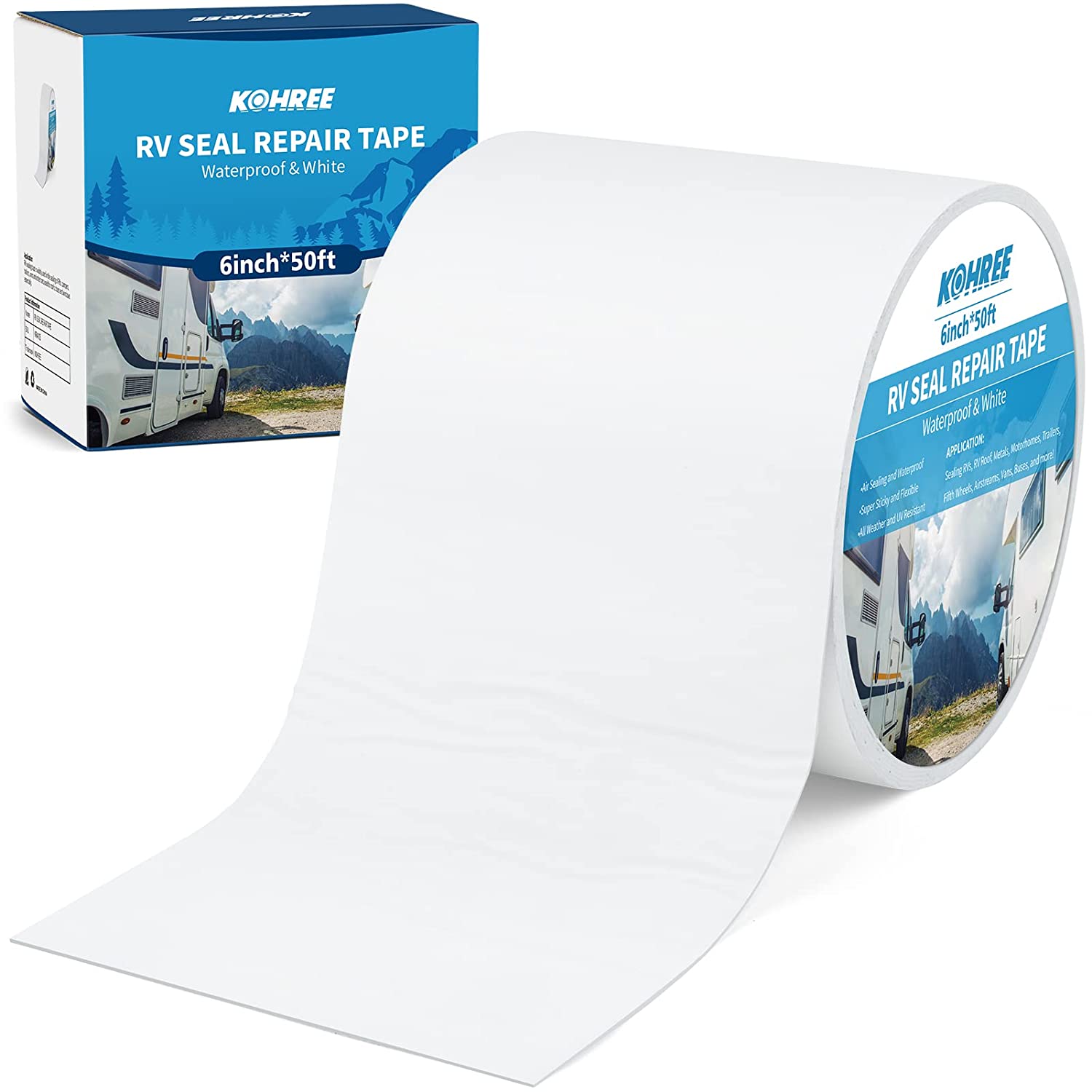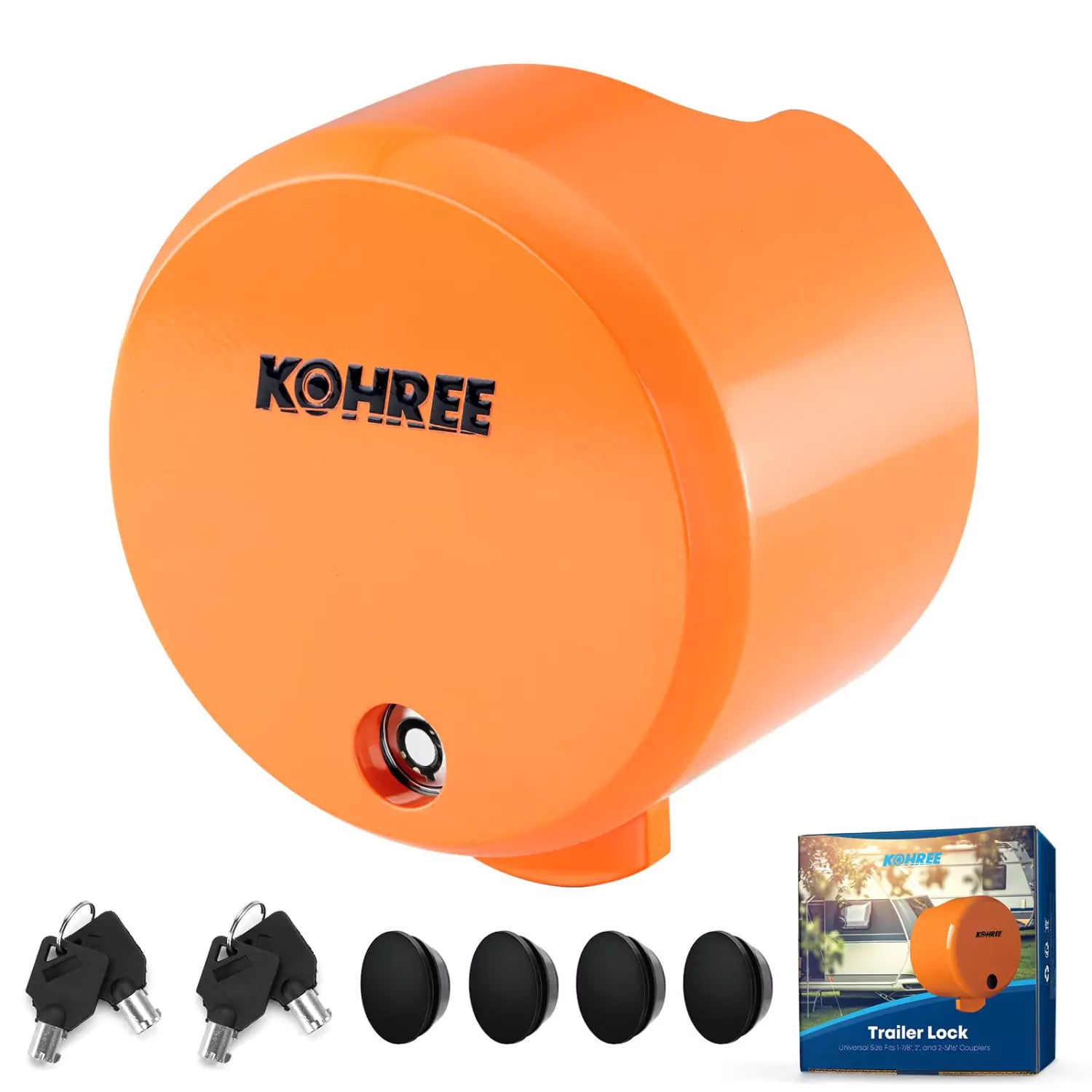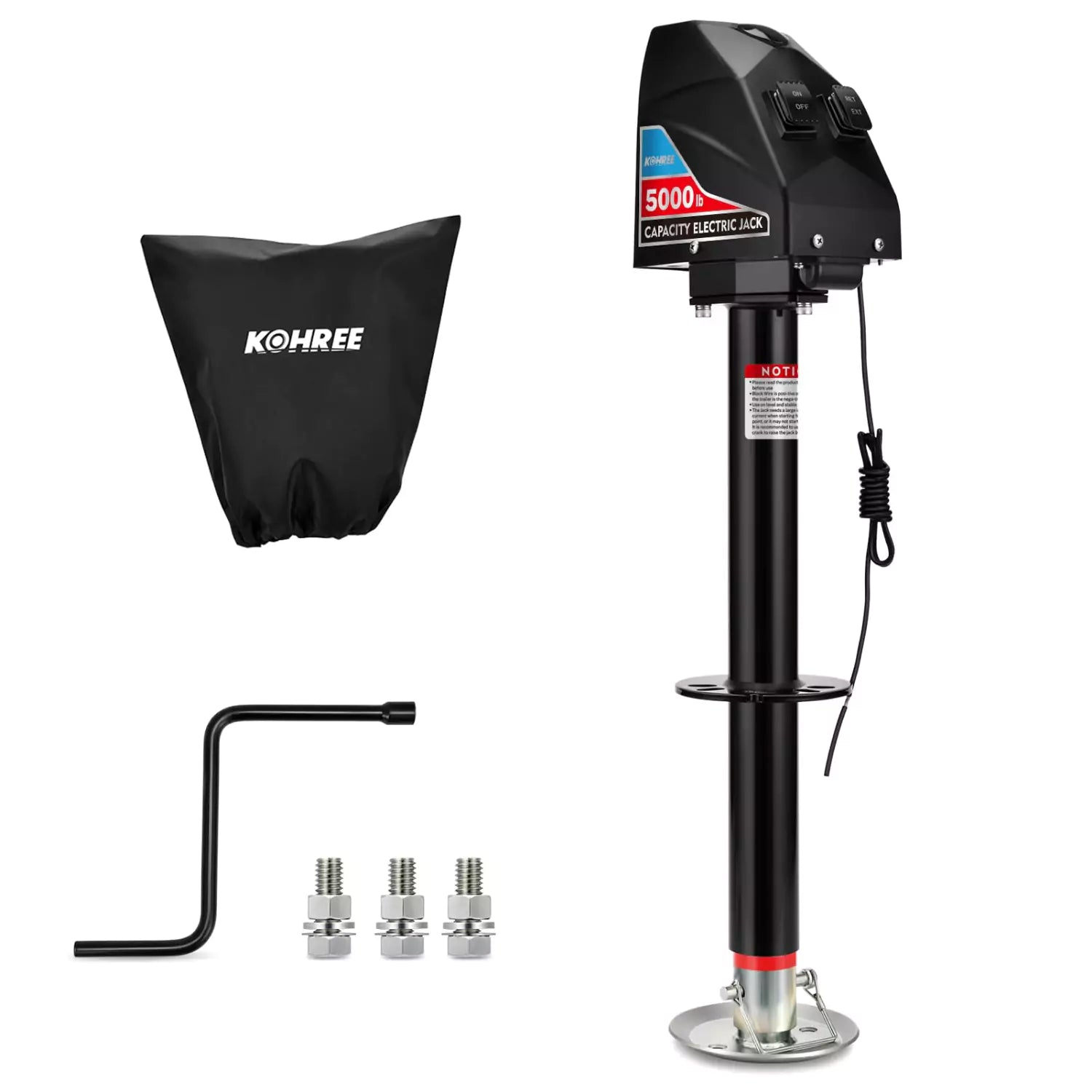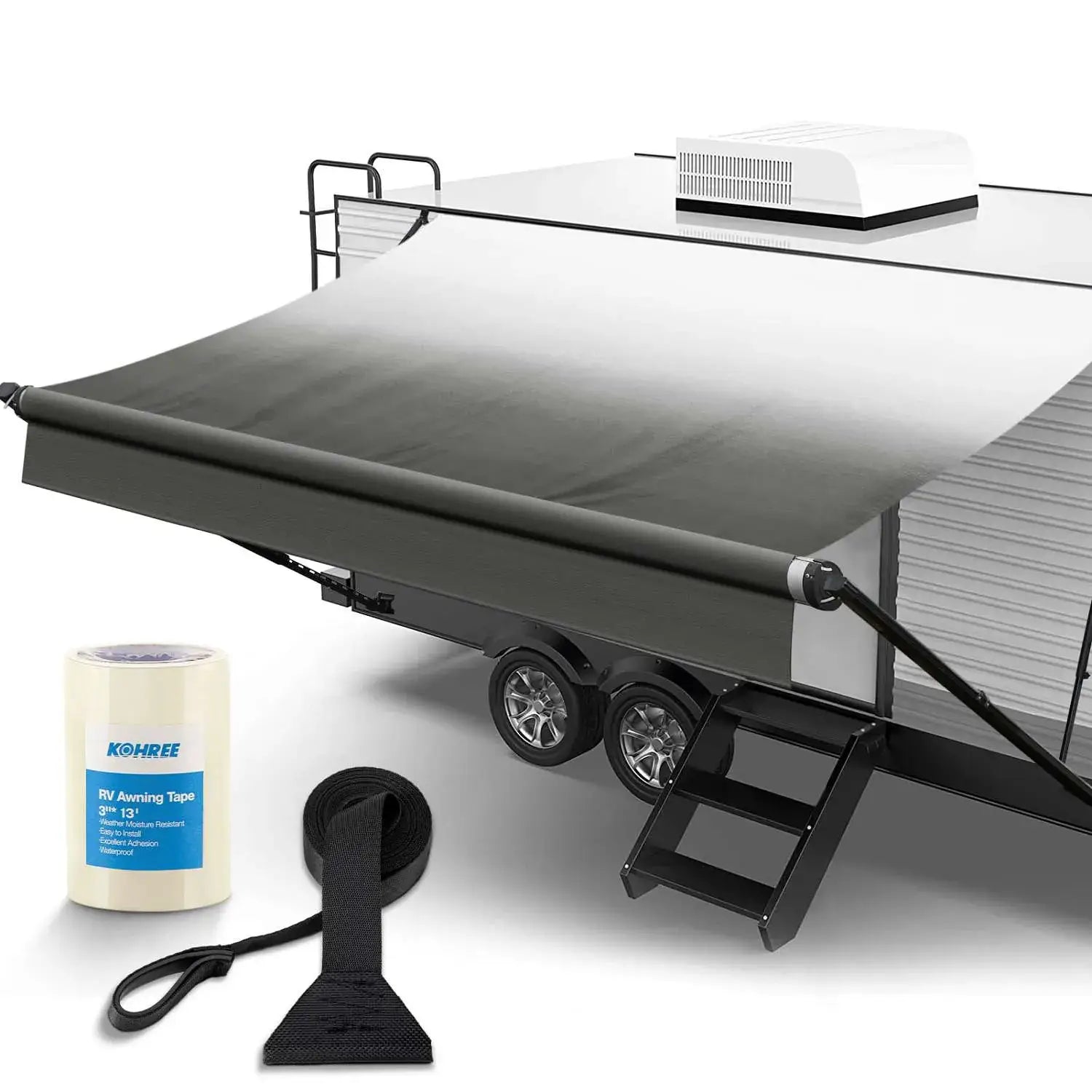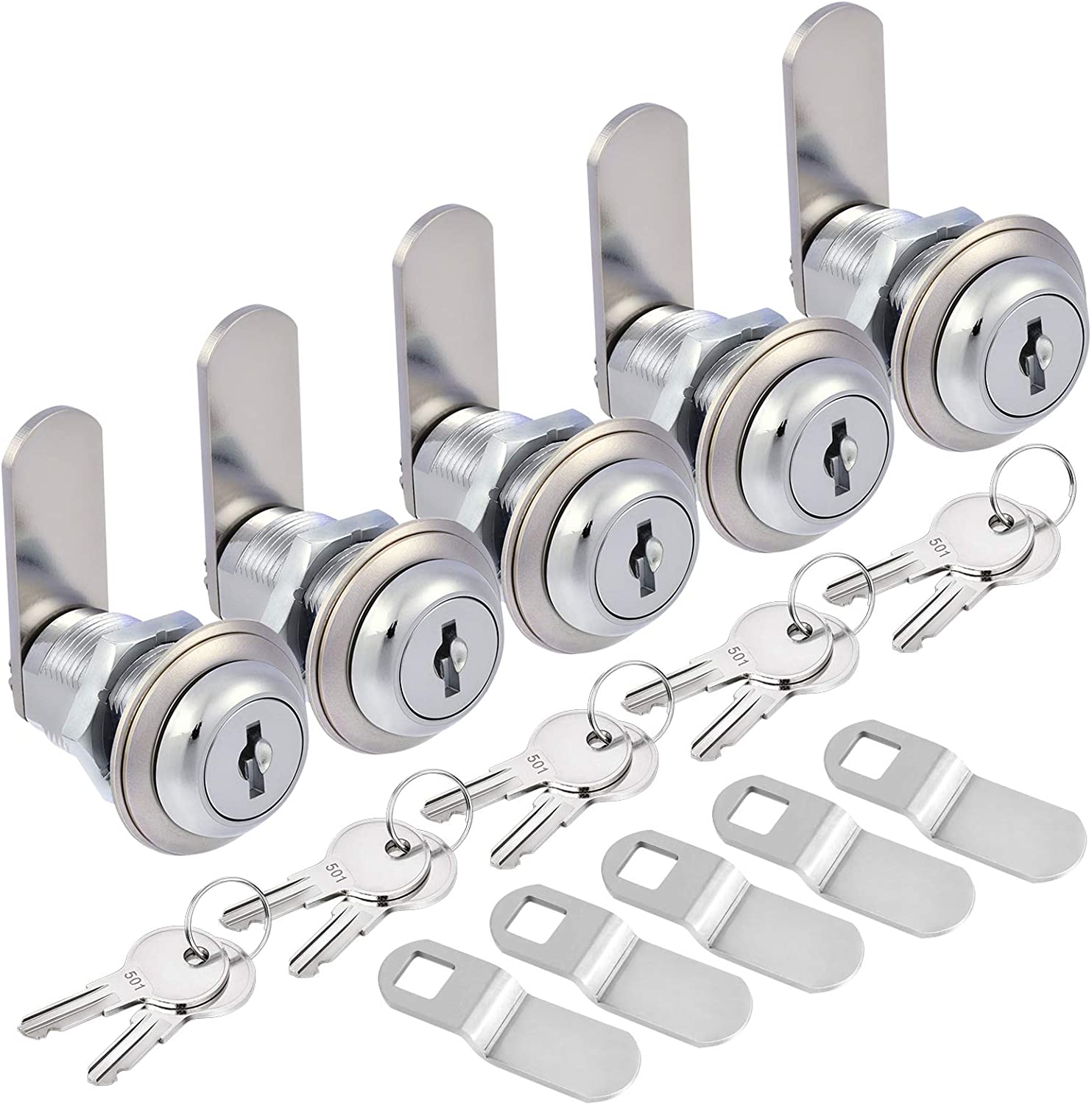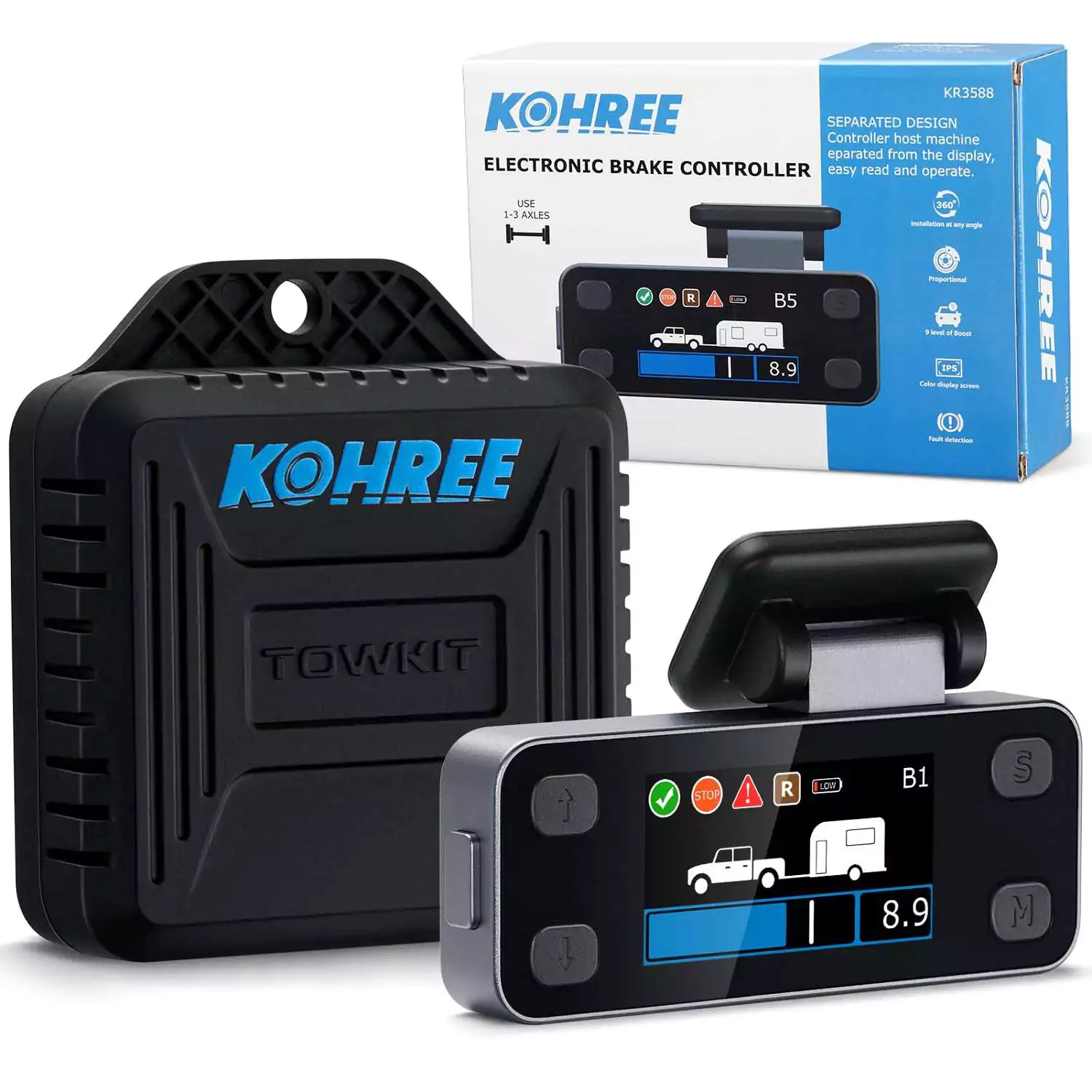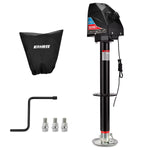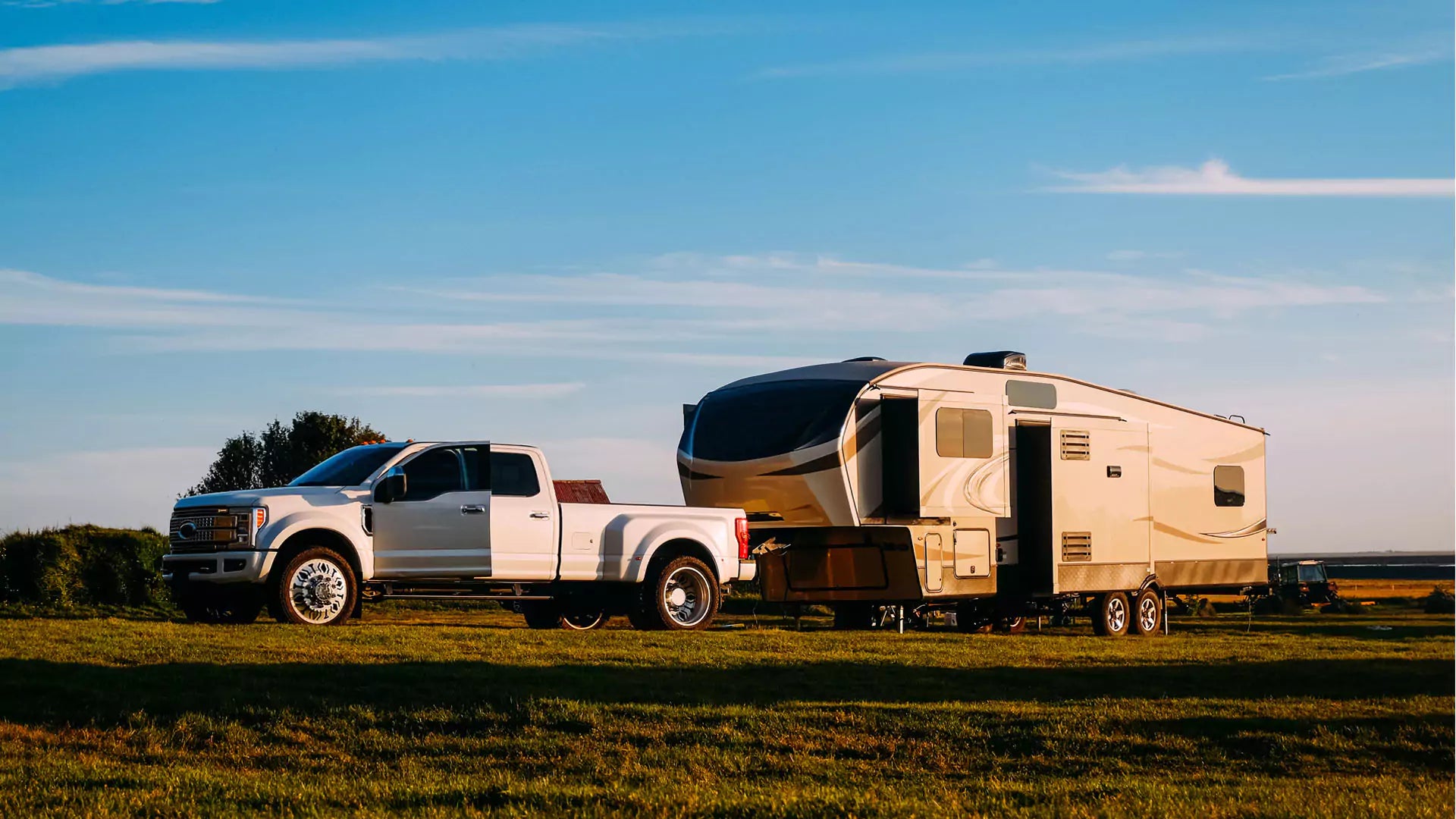Towing a trailer can be a rewarding experience, whether you're heading out for a family camping trip or transporting goods for work. However, the safety and efficiency of your towing setup hinge significantly on the equipment you use. One of the most vital components is the trailer brake controller. This device ensures that your trailer's brakes work harmoniously with your vehicle's braking system, providing a smoother and safer towing experience.
The importance of a trailer brake controller cannot be overstated. It allows for better control over the trailer, especially in emergencies, and enhances overall road safety. If you're new to towing or looking to upgrade your current setup, understanding the ins and outs of trailer brake controllers is essential. This guide aims to provide a comprehensive overview of everything you need to know about trailer brake controllers, from their functionality to installation and selection criteria.
What Is a Trailer Brake Controller?
A trailer brake controller is a device that activates the brakes on a trailer. It communicates with the vehicle's braking system to ensure that the trailer's brakes engage appropriately when the vehicle slows down or stops. This seamless communication between vehicle and trailer is crucial for maintaining stability, reducing wear on your tow vehicle's brakes, and preventing dangerous situations like jackknifing or skidding.
The primary purpose of a trailer brake controller is to enhance safety. When towing a heavy load, the trailer can push against the tow vehicle during braking, leading to potential loss of control. A trailer brake controller mitigates this risk by applying the trailer brakes in proportion to the vehicle's braking force. This not only improves stopping distances but also reduces wear and tear on both the tow vehicle and the trailer.
Moreover, modern electric trailer brake controllers come equipped with various features, such as adjustable sensitivity settings and built-in diagnostics, making them more user-friendly and efficient. By understanding what a electric trailer brake controller is and its purpose, you can appreciate its role in safe towing practices.

How Does a Trailer Brake Controller Work?
The operation of a trailer tow brake controller is relatively straightforward yet sophisticated. When you press the brake pedal in your tow vehicle, the brake controller detects this action and sends a signal to the trailer's braking system. Depending on the type of controller-whether proportional or time-delay-the controller will activate the trailer brakes accordingly.
In a proportional brake controller, the activation of the trailer brakes occurs in real-time and is proportional to how hard you press the brake pedal. This means if you apply light pressure, the trailer brakes will engage lightly, and if you slam on the brakes, the trailer brakes will respond similarly. This immediate response helps maintain stability and control, especially when navigating hills or sharp turns.

Conversely, time-delay controllers work on a preset delay. When you press the brake pedal, the trailer brakes engage after a slight delay, which can lead to a less synchronized braking experience. While these controllers are often less expensive, they may not provide the same level of control as their proportional counterparts.

This entire process happens in a fraction of a second, ensuring that your trailer's brakes activate almost simultaneously with your tow vehicle's brakes.
But the sophistication doesn't stop there. Modern electric trailer brake controllers continually monitor and adjust the braking force throughout the stopping process. They can detect if the trailer starts to push against the tow vehicle (a phenomenon known as "surging") and adjust the braking force accordingly to maintain stability.
Many controllers also offer a manual override feature. This allows you to apply the trailer brakes independently of the tow vehicle's brakes, which can be useful in situations where you need extra braking power or want to stabilize a swaying trailer.
Differences Between Traditional and Modern Brake Controllers
As technology has advanced and the needs of campers have evolved, so too have brake controllers. While the basic principle remains the same, there are significant differences between traditional brake controllers and their more modern electric counterparts.
Traditional brake controllers typically fall into two categories: time-based and inertia-based (or proportional). Time-based controllers apply a pre-set amount of braking power that increases over time as you hold down the brake pedal. Inertia-based controllers use an internal pendulum or accelerometer to sense the vehicle's deceleration and apply braking force proportionally.

Upgraded electric trailer brake controllers, on the other hand, often incorporate more advanced features:
- Digital processing: Equipped with more sophisticated processor chips and algorithms, these electric trailer brake controllers can calculate braking force with greater precision, resulting in smoother and more accurate brake application.
- Multiple-axis sensing: Advanced accelerometers can detect motion in multiple directions, allowing for more accurate braking in various situations, including backing up or navigating turns.
- Self-leveling: Many modern electric controllers can automatically adjust to their mounting position, eliminating the need for manual leveling during installation and saving time on complex leveling procedures.
- Adjustable sensor boost: The upgraded electric trailer brake controllers allow you to adjust the boost level in multiple increments. Each increment increases the sensitivity of the sensors, enabling you to tailor the braking response to the specific weight and braking characteristics of your trailer.
- Integration with vehicle systems: In some specific brands, the trailer brake controller is integrated directly into the vehicle's systems, enabling seamless operation and allowing trailer brake information to be displayed on the brake controller screen. Users can quickly adjust settings and diagnose issues using the controller's buttons, making it convenient for road trips.
These advancements have made modern brake controllers more user-friendly, more precise, and ultimately safer. They provide drivers with greater control and more information, leading to a more convenient towing experience.
Experience a smoother towing experience with the Kohree electric trailer controller. This affordable and intelligent controller simplifies the leveling process, allowing you to enjoy a more comfortable journey.
Understanding how your trailer brake controller works is crucial for proper usage and troubleshooting. As we move forward in this guide, we'll explore the different types of controllers in more detail, helping you determine which type might be best for your specific towing needs.

Types of Trailer Brake Controllers
Plug and Play Electric Brake Controllers
Most brake controllers on the market today are now plug-and-play, making them a convenient and user-friendly option for those looking to add trailer braking to their tow vehicles. These controllers eliminate the need for complex installation, offering quick setup and operation. With pre-wired harnesses, installation is as simple as plugging it into your tow vehicle's wiring, saving you time and effort.
Proportional Trailer Brake Controllers
Proportional brake controllers are considered the more advanced and responsive option. They use internal sensors to detect the tow vehicle's deceleration rate and apply a proportional amount of braking force to the trailer. They are more suitable for heavy trailers with multiple axles. These controllers adjust the braking force to each axle based on its weight and load distribution, ensuring that the trailer brakes evenly and smoothly.

Pros
- Smooth braking: Proportional controllers provide the smoothest braking experience, as they match the trailer's braking force to that of the tow vehicle.
- Reduced wear and tear: By applying only the necessary amount of braking force, these controllers help reduce wear on both the tow vehicle's and trailer's brake components.
- Adaptability: They automatically adjust to varying road conditions and different towing weights, providing consistent performance.
- Better control: Proportional controllers offer superior control when navigating hills or in emergency braking situations.
- Compatibility: They work well with a wide range of trailer types and weights.
Cons
- Higher cost: Proportional controllers are typically more expensive than time-delay controllers.
- More complex installation: They often require more careful mounting and calibration during installation to ensure accurate sensing.
- Potential for over-braking: In some situations, like backing up or on loose surfaces, the sensitive nature of proportional controllers can lead to over-braking if not properly adjusted.
Time-Delay Trailer Brake Controllers
Time-delay controllers apply a preset amount of braking power to the trailer based on the driver's input. The "delay" refers to the time between when the brake pedal is pressed and when full braking power is applied to the trailer. The time-delay controllers are ideal for trailers with longer lengths or those carrying sensitive cargo. These controllers can help prevent jackknifing, protect cargo, and improve overall towing stability.

Pros
- Lower cost: Time-delay controllers are generally less expensive than proportional controllers.
- Simpler installation: They don't require precise mounting or calibration, making them easier to install.
- Consistent performance: These controllers provide the same braking response regardless of road conditions or how suddenly you stop.
- Good for lighter trailers: They can work well for lighter trailers or in situations where proportional braking isn't necessary.
Cons
- Less smooth braking: The braking action can be more abrupt, especially during light braking or when first applying the brakes.
- Manual adjustments needed: You may need to adjust the controller settings more frequently to account for different loads or road conditions.
- Potential for wear: The consistent application of braking force, even when not needed, can lead to increased wear on brake components.
- Less effective in varied conditions: They don't automatically adjust for hills or emergency stops, which can lead to less optimal braking in these situations.
Summary
Choosing between these types of brake controllers depends on various factors, including your towing frequency, typical loads, budget, and personal preferences. Proportional controllers offer the best performance and are ideal for frequent towers or those hauling heavy loads. Time-delay controllers can be a good budget-friendly option for occasional towers or those with lighter trailers.
As we continue through this guide, we'll explore how to choose the best controller for your needs and how to properly install and use your chosen controller. Regardless of the type you choose, a properly installed and adjusted trailer brake controller is crucial for safe and efficient towing.
Why Do You Need a Trailer Brake Controller?
The Importance of Quality Towing and Brake Controllers
Understanding the importance of a trailer brake controller is crucial for anyone who engages in towing, whether occasionally or frequently. Let's delve into why these devices are not just beneficial, but often essential for safe and legal towing practices.
- Enhanced Safety: A brake controller significantly improves your ability to stop safely, especially when towing heavy loads. It distributes the braking force between your tow vehicle and trailer, reducing the risk of jackknifing or skidding.
- Improved Control: With a trailer brake controller, you have much better control over your entire rig. This is particularly noticeable when navigating steep declines or in situations where you need to slow down gradually. The ability to modulate the trailer brakes independently of the tow vehicle gives you an extra level of control.
- Reduced Wear on Tow Vehicle: Without a trailer brake controller, your tow vehicle's brakes bear the entire burden of stopping both the vehicle and the trailer. This can lead to premature wear on your vehicle's brake components. A brake controller distributes the braking effort more evenly, reducing wear on your tow vehicle's brakes and potentially saving you money on maintenance in the long run.
- Stability: A properly adjusted trailer brake controller can help prevent trailer sway, one of the most dangerous situations in towing. By allowing you to apply the trailer brakes independently, you can often bring a swaying trailer back under control more quickly and safely.
Legal Requirements Based on Gross Vehicle Weight Rating (GVWR)
In many jurisdictions, brake controllers are legally required for trailers over a certain weight. Using one ensures you're operating within the law.
If you're unsure whether you need a trailer brake controller, a key indicator is your trailer's Gross Vehicle Weight Rating (GVWR). The GVWR is the maximum allowable weight of a fully loaded trailer. You can typically find this information on a VIN plate located on the driver's side of newer trailers or the tongue of older models.
While state regulations for trailers vary, a general guideline is that if your trailer's GVWR exceeds 3,000 pounds, you'll likely need a brake controller. Many states mandate brake controllers for trailers above this weight limit.
For heavy trailers exceeding 2,000kg (about 4,409 lbs), the requirements are usually even more stringent. Not only are brakes required on all wheels, but they must often be connected to a breakaway system that will apply the brakes if the trailer becomes detached from the tow vehicle. Again, a trailer brake controller is typically required to operate these brakes from the driver's seat.
For the most accurate and up-to-date information, I strongly recommend checking your state's specific regulations regarding trailer GVWR and brake controller requirements. Ensuring you comply with local laws will help guarantee a safe and enjoyable towing experience.
| United States Towing Laws |
| 0 lbs |
Kansas, North Dakota, Wyoming |
| 1,000 lbs |
New York, North California |
| 1,500 lbs |
Califonia, Idano, Nevada, Tennessee, New Hampshire |
| 2,000 lbs |
Mississippi, Ohio |
| 3,000 lbs |
Alabama
Arizona
Arkansas
Colorado
Connecticut
Dist. of Columbia |
Florida
Georgia
Hawaii
Illinois
Indiana
Iowa
Louisiana |
Maine
Maryland
Michigan
Minnesota
Montana
Nebraska
New Jersey
New Mexico |
Oklahoma
Pennsylvania
South Carolina
South Dakota
Vermont
Virginia
Washington
West Virginia Wisconsin |
| 4,000 lbs |
Delaware |
| 4,500 lbs |
Texas |
| 5,000 lbs |
Alaska |
| 10,000 lbs |
Massachusetts |
| Please note: Data is sourced from Brake Buddy and is for reference only. For accurate and up-to-date information, please consult your local laws and regulations. |
How to Adjust a Trailer Brake Controller Well?
Correct usage not only ensures your safety on the road but also maximizes the longevity of your towing setup. Let's walk through the steps of using a typical trailer brake controller, from initial setup to fine-tuning during your journey.
Step 1: Plug in the Trailer Wiring Harness
Before you start using your trailer brake controller, ensure that your trailer is properly connected to your tow vehicle. This includes plugging in the trailer wiring harness, which carries the electrical signals from your brake controller to the trailer brakes.
1. Inspect the connector: Before plugging in, check both the vehicle and trailer connectors for any signs of damage or corrosion.
2. Align and connect: Carefully align the pins and sockets, then firmly push the connectors together.
3. Secure the connection: Many connectors have a locking mechanism. Make sure it's engaged to prevent accidental disconnection.
4. Check lights: Once connected, verify that all trailer lights (brake lights, turn signals, running lights) are functioning correctly.

Step 2: Allow the Brake Controller to Calibrate Many modern electric brake
controllers, especially inertia-based (proportional) models, have a self-calibration feature. This process allows the controller to adjust to its mounting position and the characteristics of your specific towing setup.
1. Start the vehicle: Turn on your tow vehicle and let it idle.
2. Wait for calibration: Some controllers will automatically calibrate once the vehicle is started. This process usually takes a few moments and may be indicated by a light or display on the controller.
3. Follow the instructions: If your controller requires motion for calibration, drive carefully for the first few minutes, making smooth stops to allow the controller to "learn" your braking patterns.
Step 3: Select Personal Settings
Most trailer brake controllers allow you to adjust various settings to suit your preferences and towing conditions. These may include:
1. Gain or power: This setting determines the maximum amount of power sent to the trailer brakes.
2. Sensitivity: This adjusts how quickly the controller responds to your brake pedal input.
3. Boost: Some controllers have a boost feature that applies more initial braking power for heavier trailers.
4. Braking Mode: If your controller has a mode option, you can customize the user controls according to your preferences. Adjust the aforementioned parameters to achieve more precise handling, which is ideal for off-road driving. Alternatively, you can select a system-controlled mode (e.g., proportional mode) for more stable control, making it suitable for long-haul transportation.
Start with the manufacturer's recommended settings, and be prepared to make adjustments based on your towing experience.
Step 4: Set the Maximum Output
The maximum output (often called "gain") determines how much braking power is sent to your trailer at full brake application. This setting is crucial for safe stopping and needs to be adjusted based on your trailer's weight and road conditions.
1. Start low: Begin with a lower setting, typically around 50% of the maximum.
2. Test and adjust: In a safe area, test your brakes at low speed. Gradually increase the setting until you feel the trailer brakes engaging firmly without locking up.
3. Consider Load: Remember that heavier loads may require higher maximum output settings.
Step 5: Adjust the Sensitivity Level
The sensitivity setting determines how quickly your trailer brakes respond to your brake pedal input. This can significantly affect the smoothness of your stops.
1. Find a balance: Adjust the sensitivity so that the trailer brakes engage smoothly with your tow vehicle's brakes. You can adjust based on your driving experience. For example: Increase sensitivity if the trailer feels like it's pushing the tow vehicle, decrease if braking feels too aggressive.
2. Test in various conditions: Your ideal sensitivity setting may change based on road conditions or the weight of your load. Always follow the manufacturer's instructions when setting the boost level.
For example, we recommend referring to the following image when setting up the Kohree electric trailer brake controller.

Step 6: Manually Activate Brakes as Needed
Most trailer brake controllers are equipped with a manual activation lever or button. This feature enables the independent application of trailer brakes, separate from the tow vehicle's braking system. Manual activation is particularly useful for correcting minor trailer sway and for gradual deceleration on steep grades or before stopping.
Additional Tips for Effective Use
- Always perform a brake test before each trip, especially if you've changed your load or are towing in new conditions.
- Pay attention to how your rig feels while braking. If you notice any pushing, pulling, or other unusual behavior, stop and check your settings.
- In wet or slippery conditions, you may need to reduce your gain setting to prevent wheel lock-up.
- If your controller has a digital display, familiarize yourself with what the numbers mean and how they change as you brake.
- Some advanced controllers allow you to save multiple profiles for different trailers or towing conditions. Take advantage of this feature if available.
- Regular maintenance of your trailer brakes is crucial. No controller can compensate for worn or poorly adjusted trailer brakes.
By following these steps and continuously fine-tuning your settings, you'll be able to achieve smooth, safe stops in various towing conditions. With practice and attention to detail, you'll become proficient in using your trailer brake controller, enhancing your safety and confidence on the road.
How to Choose the Best Trailer Brake Controller?
Selecting the right trailer brake controller is a crucial decision for any tower. The best controller for you will depend on various factors, including your towing needs, vehicle compatibility, and personal preferences. Let's break down the key considerations to help you make an informed choice.
Check Trailer Size and Weight
-
Braking Capacity
Light-duty controllers: Suitable for smaller trailers, typically under 4,000 lbs.
Medium-duty controllers: Good for trailers between 4,000 and 8,000 lbs.
Heavy-duty controllers: Designed for large trailers over 8,000 lbs.
Always choose a controller rated for more than your trailer's fully loaded weight to ensure adequate braking power.
-
Number of Axles
Single-axle trailers: Most controllers can handle these effectively.
Multi-axle trailers: Look for controllers specifically designed to manage multiple axles, as they can distribute braking force more evenly.
Tow Vehicle Compatibility
-
Electrical System
Voltage Compatibility: Ensure the controller is compatible with your vehicle's electrical system (typically 12V for most passenger vehicles).
Wiring Harness: Wiring Harness: Some vehicles may have pre-configured connection points on the interior back panel. Please select the appropriate location and route the wiring accordingly before connecting. Ensure a neat appearance and avoid potential damage. When purchasing a trailer brake controller, it is advisable to choose one equipped with a plug-in wiring harness to streamline the installation process.
-
Braking System
ABS Compatibility: If your vehicle has an Anti-lock Braking System (ABS), ensure the brake controller is compatible and won't interfere with its operation.
Integrated Systems: Some newer vehicles have integrated towing systems.
Choose a controller that can work seamlessly with these systems.
Controller Type
As discussed earlier, there are two main types of brake controllers: proportional and time-delay. Your choice will depend on your towing needs and preferences.
Traditional proportional Trailer Brake Controllers are ideal for trailers with multiple axles, especially those carrying heavy loads or with uneven weight distribution. These controllers offer superior braking control, improved safety, and a more enjoyable towing experience.
Time-Delay Trailer Brake Controllers are ideal for trailers with longer lengths or those carrying sensitive cargo. These controllers can help prevent jackknifing, protect cargo, and improve overall towing stability.
In addition to the key factors mentioned above that you should pay close attention to, some minor details can enhance your towing experience. You may want to consider these factors when making your decision. For instance, our upgraded electric trailer brake controller offers a comprehensive and user-friendly solution for quick leveling.
Proportional Braking & Auto-Leveling
Our Kohree proportional electronic trailer brake controller ensures your trailer brakes are applied in sync with your towing vehicle. Its auto-leveling function removes the hassle of complex setup, providing plug-and-play installation aims to help you use it smoothly.

Innovative Split Design
This upgraded brake controller kit separates the display and the controller. Mount the screen on the windshield for easy viewing, and install the controller at any angle on the rear interior panel. A plug-in wiring harness makes installation a breeze.

Four-Chip Technology for Enhanced Safety
Both the display and the brake controller house two 32-bit processor chips each. These processors independently manage the braking program, ensuring a smooth, linear braking experience that prioritizes safety and comfort.

9 Levels of Boost
Settings Tailor your brake response with 9 adjustable boost levels. Increase the sensitivity of the sensors to match the weight and braking dynamics of your trailer, giving you precise control over your stopping power.

Common FAQs About Trailer Brake Controller
Can you Tow a Trailer with Electric Brakes without a Controller?
Towing a trailer with electric brakes without a controller is not advisable, as it can lead to unsafe driving conditions and increased stopping distances.
Does Putting Your Truck in Tow Haul Mode Make it Faster?
It's a common misunderstanding that Tow/Haul mode accelerates a truck. In reality, it's intended to enhance a vehicle's performance when towing or hauling substantial loads. Tow/Haul mode optimizes the transmission for towing, resulting in improved power delivery and braking, but it doesn't necessarily increase speed.
How Does a Trailer Brake Controller Detect a Trailer?
Most controllers detect a trailer through a built-in inertia sensor that measures deceleration and adjusts braking accordingly.
What is the Best Settings for Trailer Brake Controllers?
The best settings vary based on trailer weight and load. Generally, start with moderate sensitivity and adjust based on performance during towing.
How Much Weight Can l Tow Before l Need Trailer Brakes?
-
GTM less than 750kg
For very light trailers with a gross trailer mass (GTM) under 750kg (about 1,653 lbs), trailer brakes are typically not required. However, it's always a good idea to check local regulations, as some areas may have different rules.
-
GTM between 750kg and 2,000kg
In this weight range, most jurisdictions require trailers to be fitted with brakes. Often, these must be operable from the driver's seat of the tow vehicle, which essentially mandates the use of a trailer brake controller.
-
GTM over 2,000kg
For heavy trailers exceeding 2,000kg (about 4,409 lbs), the requirements are usually even more stringent. Not only are brakes required on all wheels, but they must often be connected to a breakaway system that will apply the brakes if the trailer becomes detached from the tow vehicle. Again, a trailer brake controller is typically required to operate these brakes from the driver's seat.
Conclusion
This comprehensive guide was crafted to provide you with in-depth knowledge about trailer brake controllers. We hope it serves as a valuable resource in your towing journey. By understanding how these controllers work, the types available, and how to properly install and maintain them, you can ensure safer, more confident towing experiences. Remember that proper setup and regular maintenance of your brake controller are key to optimal performance and safety on the road.
If you're looking to enhance your towing experience with a smart and convenient trailer brake controller, our upgraded model brake controller is worth considering! Its clear and informative control panel, combined with precise chip control, ensures a worry-free journey.

